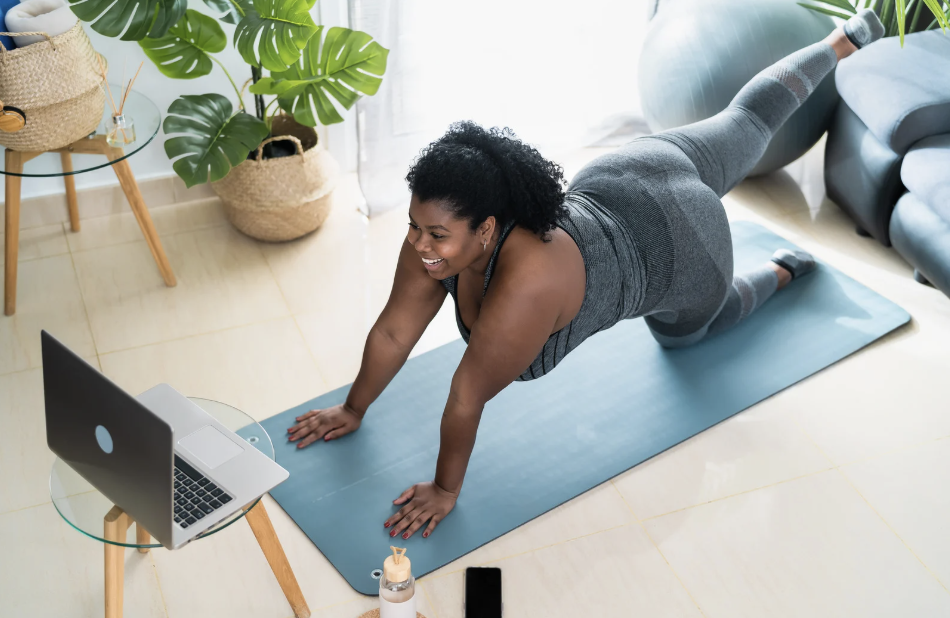In 2024, the virtual fitness movement has reached new heights, as millions of Americans continue to embrace at-home workouts through digital platforms, reshaping the landscape of personal fitness. The surge in popularity of virtual exercise options is attributed to a combination of convenience, accessibility, and an increased focus on health and wellness in the wake of the pandemic.
Platforms offering virtual classes and workout sessions—ranging from yoga and pilates to high-intensity interval training (HIIT) and dance—have become the go-to fitness solution for people of all ages and fitness levels. Major fitness companies, such as Peloton and Beachbody, have seen record growth, while newer platforms are also entering the space, offering a variety of classes, personal training options, and even virtual gym environments.
“The ability to work out from home, on my own time, with trainers I trust, has completely changed my approach to fitness,” says Amanda Wright, a regular user of a virtual fitness platform in Denver. “I’ve always struggled with finding the motivation to go to the gym, but now, I can get the same workout at home, without the hassle of commuting or gym intimidation.”
These digital fitness platforms offer a broad range of features, including live-streamed and on-demand classes, interactive challenges, and real-time performance tracking. Additionally, some apps use artificial intelligence to create personalized workout routines based on individual fitness goals, making them more tailored to each user’s needs. The growth of virtual fitness has also spurred the rise of fitness wearables, such as smartwatches and heart rate monitors, which sync seamlessly with these platforms to track progress and provide more data-driven insights.
Another factor contributing to the rise of at-home fitness is the ability to exercise without the pressure of a crowded gym. For many, virtual fitness offers a sense of privacy and comfort, allowing users to engage in workouts without feeling self-conscious. The flexibility to fit a workout into a busy schedule—without worrying about gym hours or commute time—has also made fitness more accessible to individuals with hectic lives or those living in areas without access to high-quality gyms.
As the virtual fitness sector continues to evolve, some companies are even offering hybrid experiences that blend in-person and virtual classes, catering to those who want the best of both worlds. The virtual fitness trend has not only transformed how Americans stay fit but has also led to an increased focus on mental health, with many platforms integrating mindfulness, meditation, and wellness practices into their offerings.
As digital fitness becomes an integral part of everyday life, it is clear that the virtual fitness revolution is more than a passing trend. It is reshaping the future of exercise, making it easier than ever for people to prioritize their health, regardless of location or schedule.


